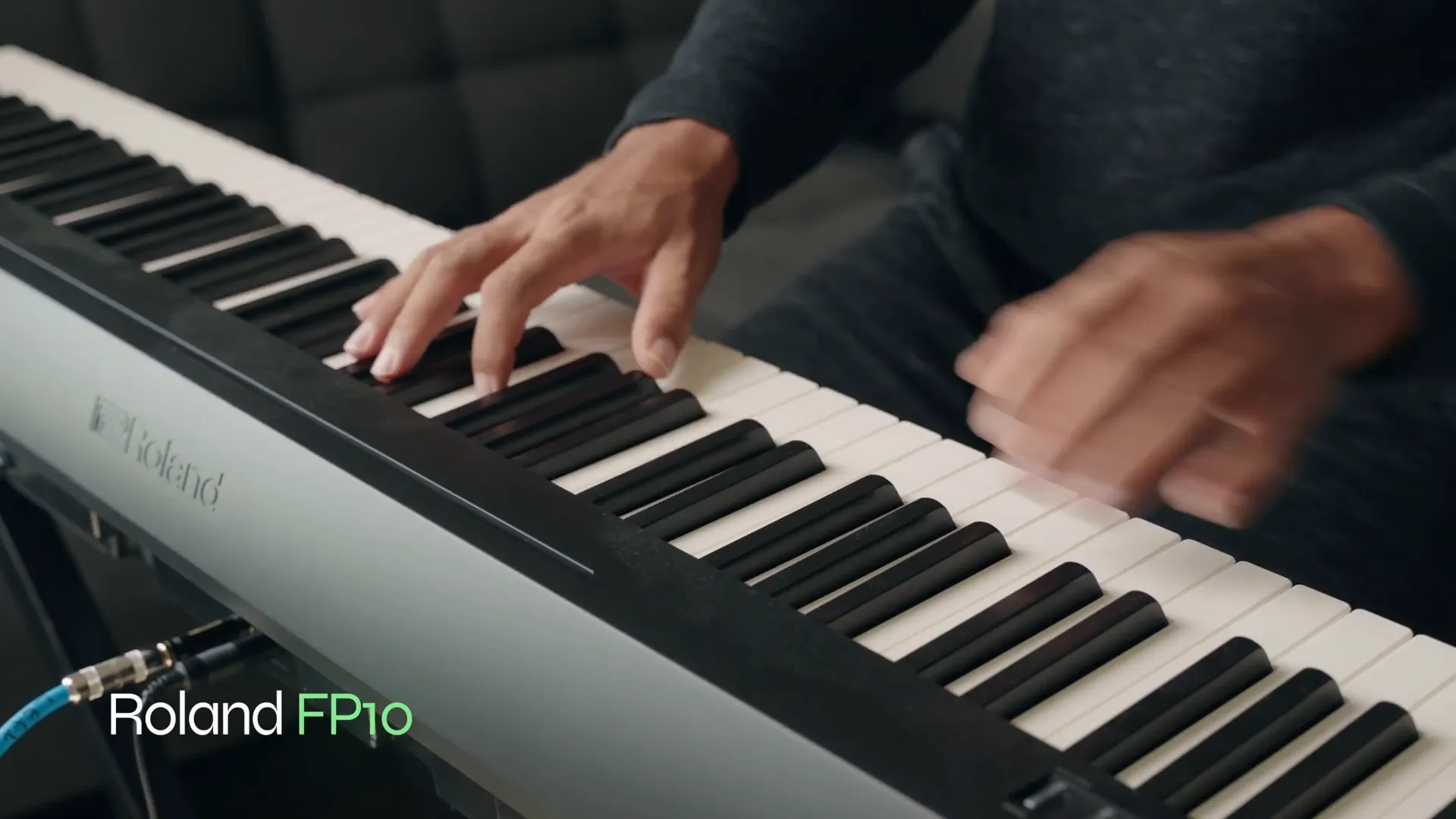
Donner DEP-20 vs Roland FP-10 vs Yamaha P-143: A Digital Piano Showdown
Share
Welcome back! Today, we're diving into a comprehensive comparison of three popular digital pianos: the Yamaha P-143, Roland FP-10, and Donner DEP-20. Each of these instruments brings something unique to the table, and I'll be sharing my insights after conducting a side-by-side sound shootout. Let's explore their features, sound quality, and overall value to find out which one stands out.
Side-by-Side Audio Samples
To kick things off, I played all three keyboards back-to-back without any breaks. This way, you can hear how they sound both solo and in a mix. I utilized several backing tracks to simulate a realistic playing environment. Here’s what I discovered:

Initial Impressions
After listening to the samples, I encourage you to comment below with your thoughts on which piano you preferred in terms of sound quality. But let's get to my final thoughts on these three contenders.
Final Thoughts and Rankings
If I had to choose the best overall package, it would have to be the Yamaha P-143. This decision is primarily due to one crucial feature: the Roland FP-10 lacks a quarter-inch output. This makes the Yamaha more versatile for live performances and recording.
Key Features Comparison
Here’s a brief comparison of the key features that stood out during my evaluation:
- Yamaha P-143: Offers the best overall package with a solid build quality and excellent sound.
- Roland FP-10: While it may lack a quarter-inch out, its sound quality impressed me, especially in mixes.
- Donner DEP-20: Great for casual play and features engaging elements, making it ideal for kids.
Sound Quality
Interestingly, my perception shifted during the test. I found the Roland FP-10's piano sound to be surprisingly pleasing, which was unexpected given my usual preferences. The FP-10 is compact, lightweight, and has a great feel. However, the lack of a quarter-inch output is a significant drawback, especially for those looking to gig or record reliably.

Build Quality and Key Action
All three keyboards are built well, but the Yamaha P-143 has a slight edge in keybed quality. The Yamaha’s Graded Hammer Compact action feels more responsive and authentic compared to the others. In terms of overall playability, the Yamaha remains the top choice.
Recording and Connectivity
Another crucial point to consider is recording capability. The Roland FP-10, despite its superior sound quality, doesn’t offer reliable audio recording options due to the absence of a quarter-inch output. While USB MIDI is available, it's not ideal for users who want to record audio directly. The Yamaha P-143 provides a more versatile solution for recording and live use.
Engagement and Fun Factor
If you're looking for an engaging experience, especially for kids or casual players, the Donner DEP-20 shines. Its built-in features like backing tracks and a drummer make it fun to play. The ability to keep speakers on while using headphones is a neat feature that enhances the user experience.

Conclusion
To summarize, if you're serious about learning and performing, the Yamaha P-143 is the best option. For those who want a great sound and are not concerned about gigging, the Roland FP-10 is a close second. Lastly, the Donner DEP-20 is perfect for casual players looking for a fun and interactive keyboard experience.
Recommendations
For those interested in purchasing, I highly recommend checking out:
Final Thoughts
Choosing the right digital piano comes down to your specific needs. Each of these models has its strengths and weaknesses. I hope this detailed comparison helps you make an informed decision based on your musical goals. Let me know in the comments which model you're leaning towards, and feel free to ask any questions!
